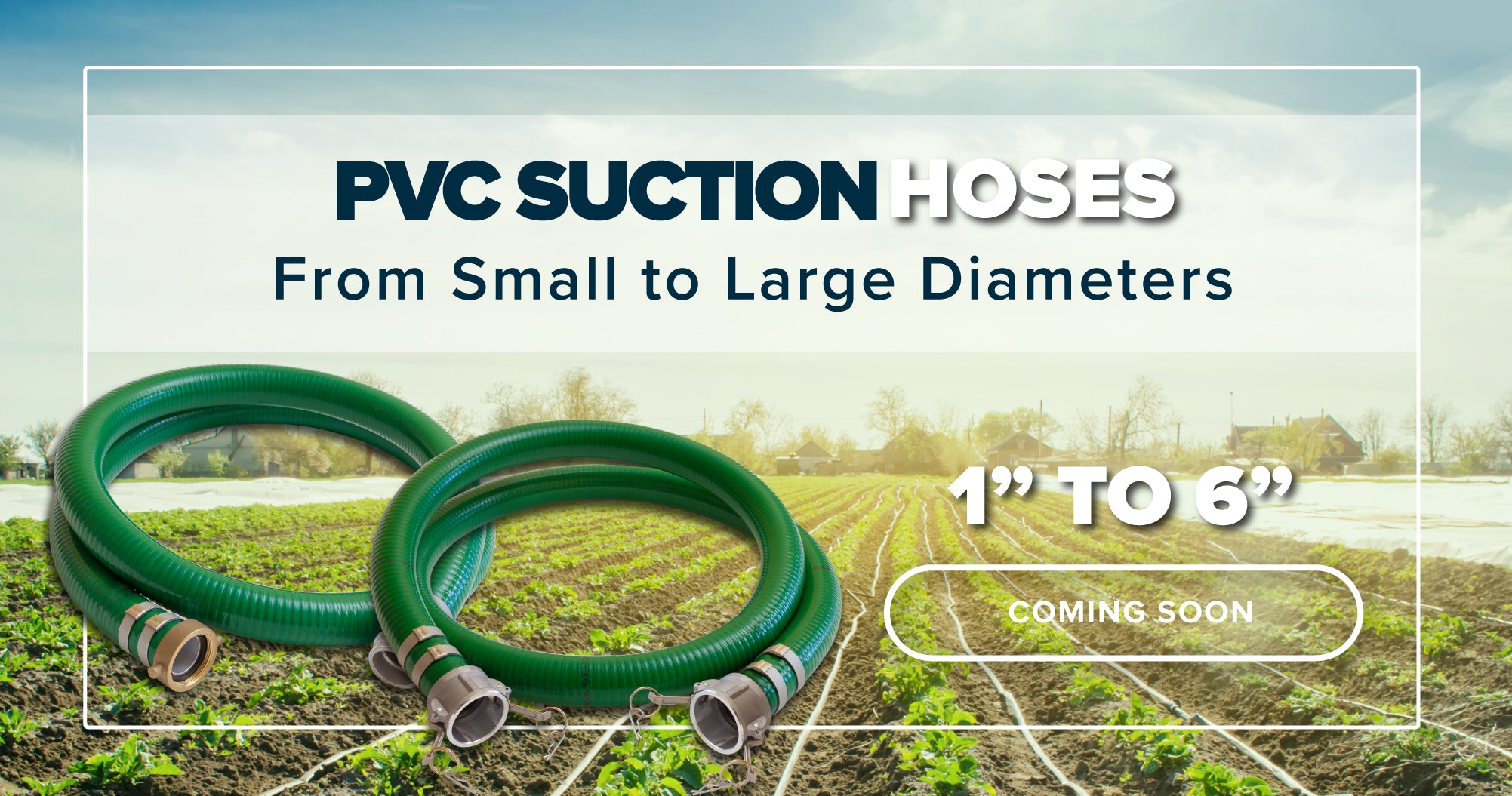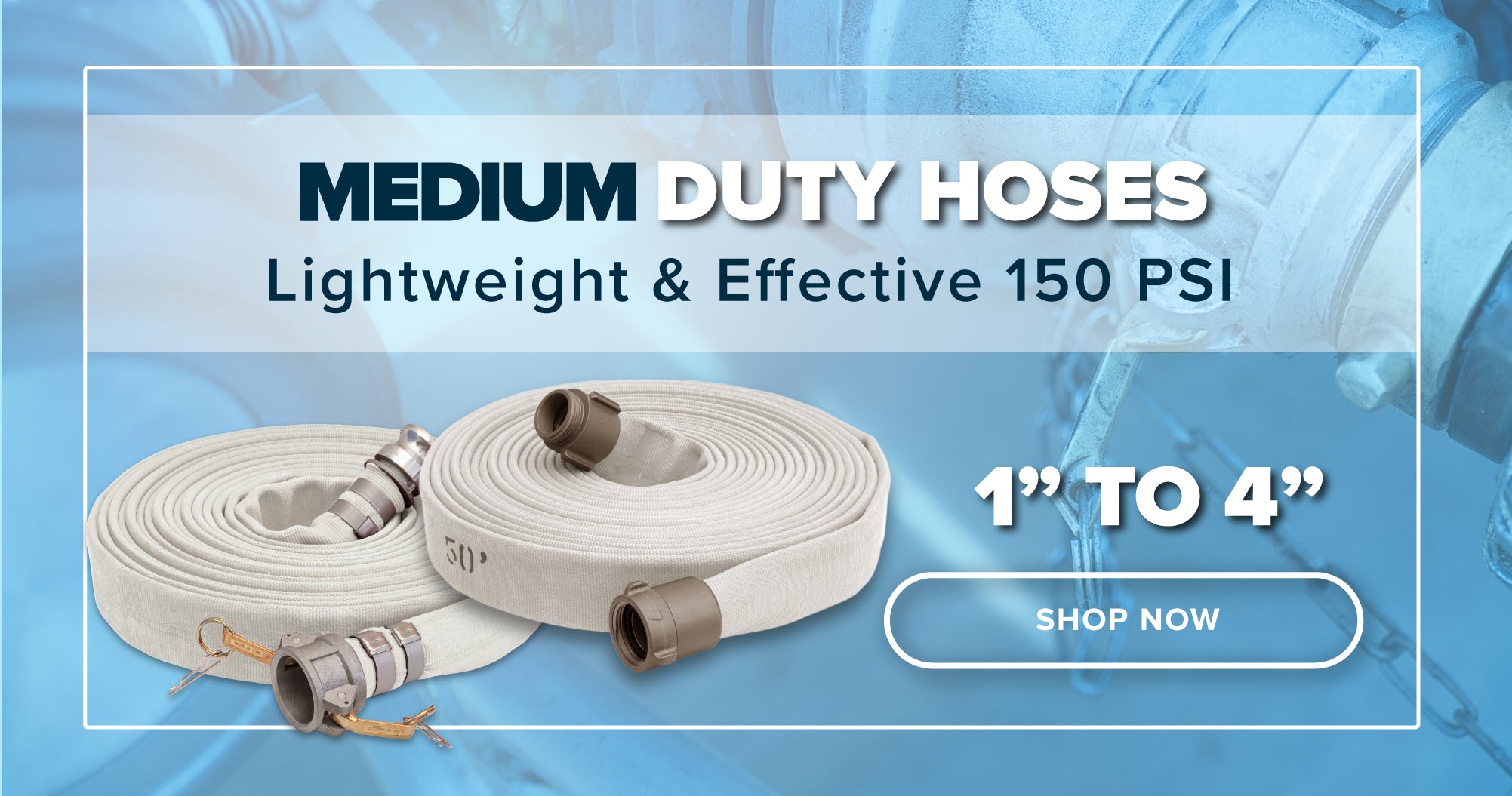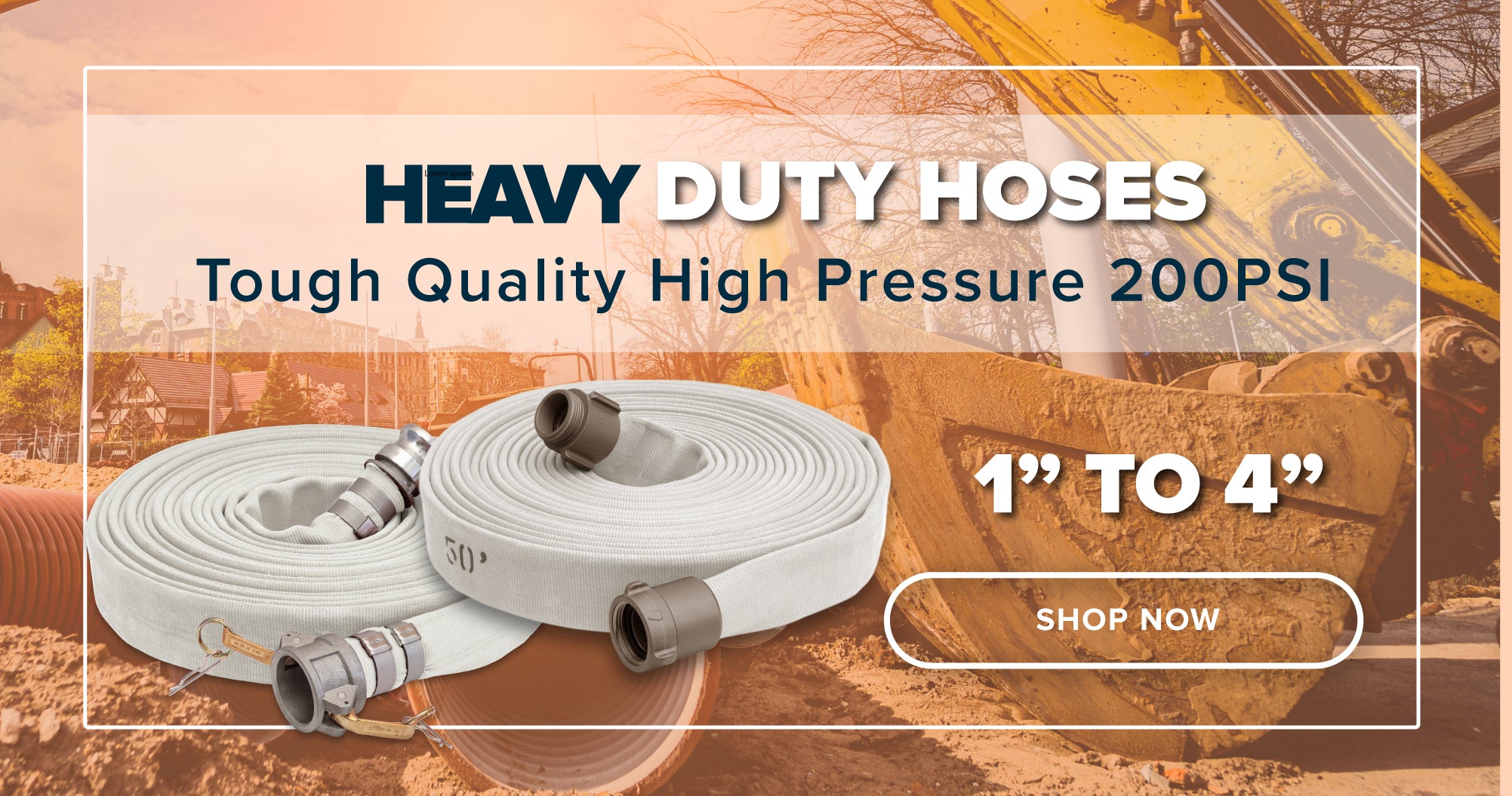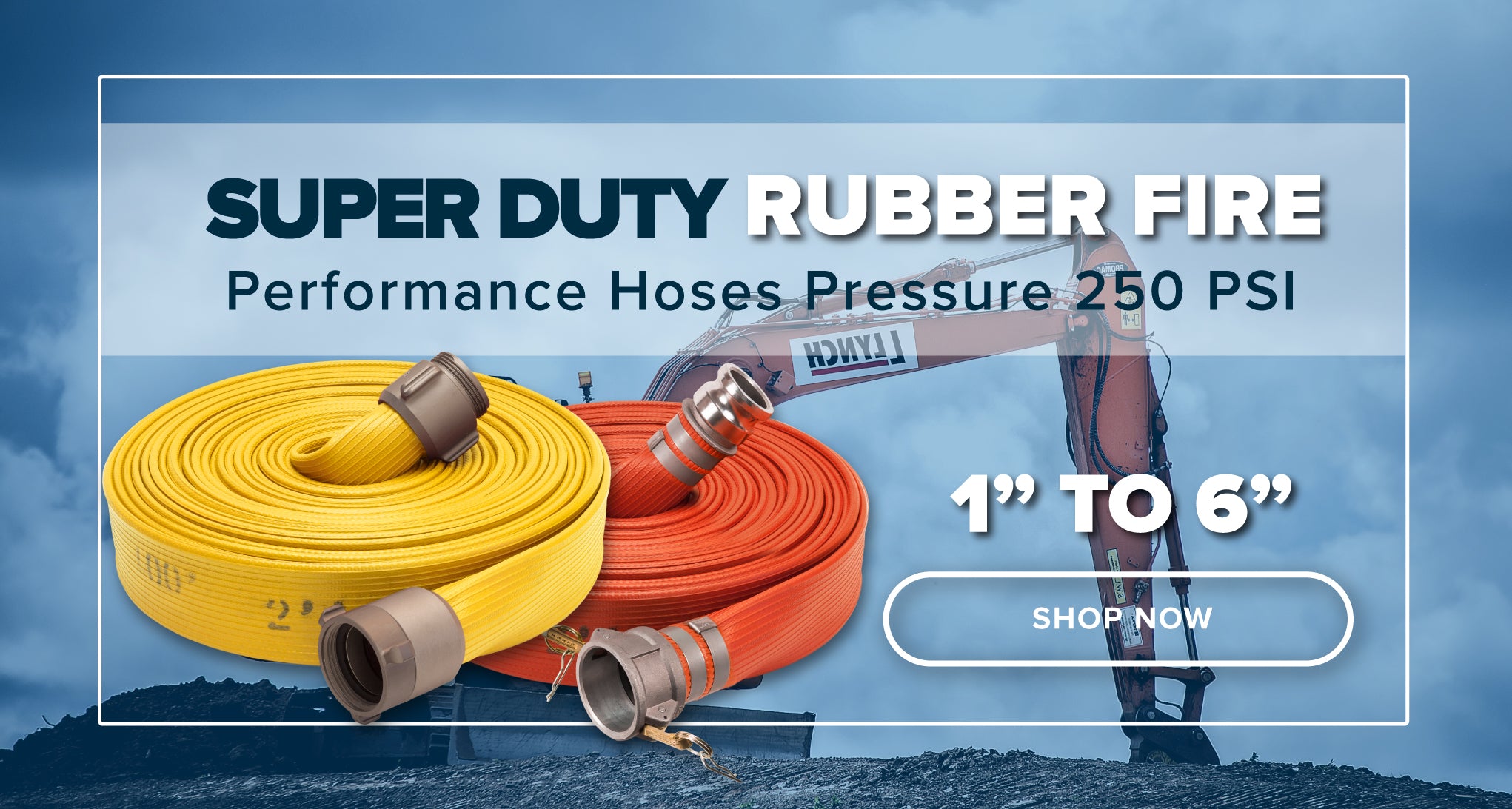A Comprehensive Guide to Water Pumps: Trash Pumps, Centrifugal Pumps, and Sump Pumps
Water pumps are indispensable tools for various applications, from flood control to residential water removal. Among the many types of water pumps available, three stand out as versatile and commonly used options: trash pumps, centrifugal pumps, and sump pumps. In this in-depth exploration, we will delve into the characteristics, functions, and best use cases for each of these water pumps.
Understanding Trash Pumps
Trash pumps are powerful, heavy-duty pumps designed to handle water containing solid debris, such as leaves, sticks, mud, and small stones. These pumps are engineered to prevent clogging and are commonly used in construction sites, agricultural applications, and flood management. Key features and applications of trash pumps include:
1. Impeller Design:
Trash pumps are equipped with impellers that are specifically designed to pass solids without clogging. These impellers have wider passages and robust construction to handle debris effectively.
2. Applications:
Trash pumps are used for tasks that involve moving water with a significant amount of solid content, including:
- Construction site dewatering.
- Removing water from flooded areas.
- Agricultural irrigation where debris may be present.
- Drainage of ponds, lakes, or streams.
3. Engine Power:
Trash pumps typically feature powerful engines to generate the necessary force for efficiently moving water and solids. Gasoline or diesel engines are common choices due to their reliability and mobility.
4. Hose Connections:
Trash pumps often have larger hose connections to accommodate the passage of solids. This helps maintain flow rates and prevents clogs in the pump system.
5. Self-Priming:
Many trash pumps are self-priming, meaning they can create suction and start pumping without the need for manual priming. This feature simplifies setup and operation.
The Versatility of Centrifugal Pumps
Centrifugal pumps are one of the most widely used types of water pumps due to their versatility, efficiency, and reliability. They work by converting rotational kinetic energy into hydrodynamic energy to move water. Here are the primary characteristics and applications of centrifugal pumps:
1. Impeller Action:
Centrifugal pumps employ a rotating impeller that imparts kinetic energy to the water. As the water exits the impeller, it creates a low-pressure area, causing more water to flow in and increasing the overall flow rate.
2. Applications:
Centrifugal pumps have a broad range of applications, including:
- Supplying water to residential homes.
- Agricultural irrigation.
- Industrial processes for fluid transfer.
- Cooling systems in power plants and machinery.
- Swimming pool circulation.
- Fountain and waterfall creation.
3. Efficiency:
Centrifugal pumps are known for their efficiency in moving large volumes of water. They are often chosen for tasks where high flow rates are required.
4. Subtypes:
Centrifugal pumps come in various subtypes, such as end-suction, split-case, and vertical inline pumps, each designed for specific applications. End-suction centrifugal pumps, for example, are commonly used in residential and commercial settings.
5. Materials of Construction:
Centrifugal pumps are available in a variety of materials to suit different fluids and environments, including stainless steel, cast iron, and plastic. The choice of material depends on factors like fluid compatibility and corrosion resistance.
The Role of Sump Pumps
Sump pumps are specialized pumps designed to remove water that accumulates in sump pits or basements. Their primary function is to prevent flooding and water damage in residential and commercial properties. Here are the key characteristics and applications of sump pumps:
1. Submersible Design:
Sump pumps are typically submersible units that are installed in a sump pit or well. They are designed to operate underwater without risk of electrical hazards.
2. Applications:
Sump pumps are used primarily for:
- Preventing basement flooding.
- Managing groundwater in homes with high water tables.
- Removing water from crawl spaces.
- Protecting valuable possessions and structures from water damage.
3. Automatic Operation:
Many sump pumps are equipped with float switches that activate the pump when the water level in the pit rises to a certain point. This automatic operation ensures timely water removal.
4. Varieties:
Sump pumps come in two main types: pedestal and submersible. Pedestal pumps have the motor mounted above the sump pit, while submersible pumps are entirely submerged in the water.
5. Backup Systems:
To ensure continued operation during power outages or pump failures, backup systems like battery-powered pumps or water-powered backup systems are often installed alongside primary sump pumps.
Factors to Consider When Choosing a Water Pump
Selecting the right water pump for your specific needs involves considering several crucial factors. These factors will help you determine which type of pump—trash pump, centrifugal pump, or sump pump—is best suited for your application:
1. Application Requirements:
Consider the purpose of the pump and the specific requirements of your application. Are you dealing with solid debris, high flow rates, or the need for automatic operation?
2. Fluid Type:
Determine the type of fluid you need to pump. Some pumps are better suited for handling clean water, while others are designed for fluids with solids or corrosive properties.
3. Flow Rate and Head:
Calculate the required flow rate (in gallons per minute or liters per second) and head (vertical lift) to choose a pump that can meet these demands effectively.
4. Power Source:
Decide whether you prefer an electric or gas-powered pump, depending on the availability of power sources and mobility requirements.
5. Installation and Maintenance:
Consider the ease of installation and maintenance. Some pumps may require more complex installation or more frequent maintenance than others.
6. Cost and Budget:
Evaluate your budget and the cost of the pump, taking into account both the initial purchase price and ongoing operating costs.
7. Durability and Materials:
Assess the materials of construction and durability of the pump to ensure it can withstand the conditions of your application.
Conclusion
In conclusion, water pumps are indispensable tools for a wide range of applications, and choosing the right type of pump is crucial for achieving efficient and reliable water management. Trash pumps, centrifugal pumps, and sump pumps each serve distinct purposes and excel in specific applications. Understanding their unique characteristics, functions, and suitability for different tasks is essential for making an informed decision.
Whether you need a powerful pump capable of handling debris-laden water, a versatile centrifugal pump for various fluid transfer needs, or a reliable sump pump to protect your property from flooding, there is a water pump designed to meet your requirements. By carefully considering the factors discussed in this guide and matching them to your specific needs, you can select the ideal water pump for your application, ensuring efficient water management and peace of mind.







